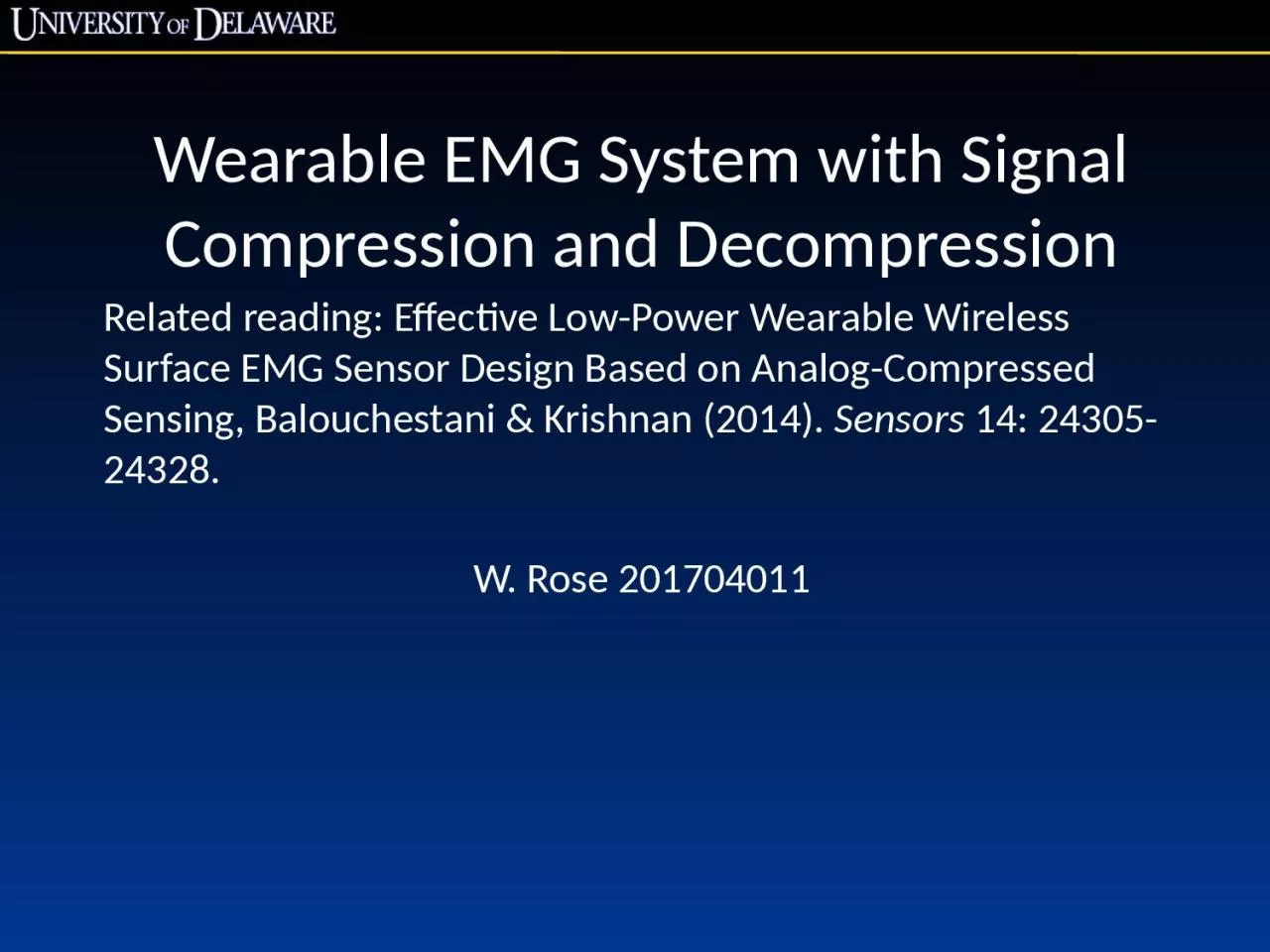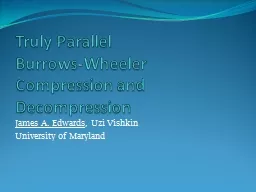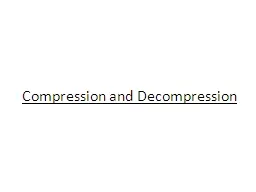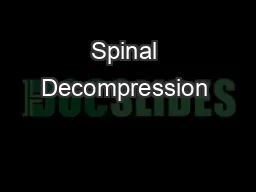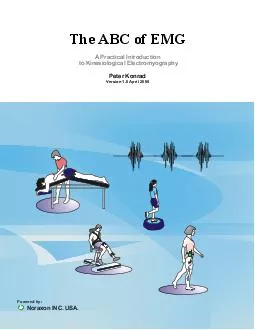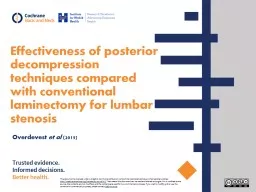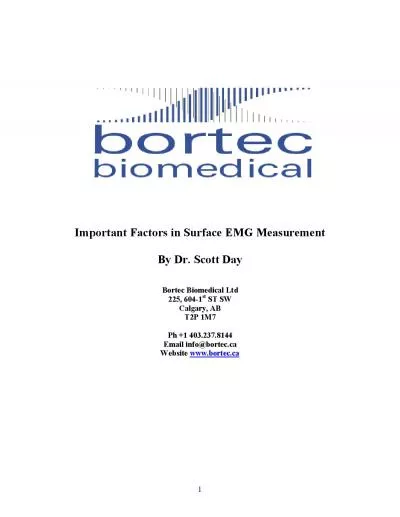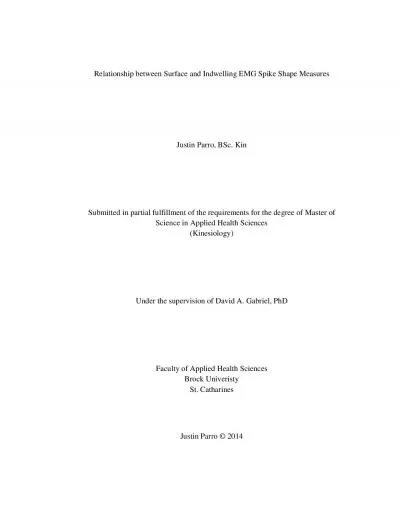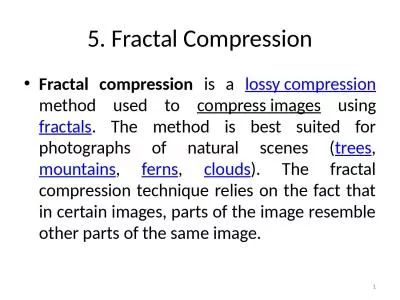PPT-Wearable EMG System with Signal Compression and Decompression
Author : pamela | Published Date : 2022-06-18
Related reading Effective LowPower Wearable Wireless Surface EMG Sensor Design Based on AnalogCompressed Sensing Balouchestani amp Krishnan 2014 Sensors
Presentation Embed Code
Download Presentation
Download Presentation The PPT/PDF document "Wearable EMG System with Signal Compress..." is the property of its rightful owner. Permission is granted to download and print the materials on this website for personal, non-commercial use only, and to display it on your personal computer provided you do not modify the materials and that you retain all copyright notices contained in the materials. By downloading content from our website, you accept the terms of this agreement.
Wearable EMG System with Signal Compression and Decompression: Transcript
Download Rules Of Document
"Wearable EMG System with Signal Compression and Decompression"The content belongs to its owner. You may download and print it for personal use, without modification, and keep all copyright notices. By downloading, you agree to these terms.
Related Documents

